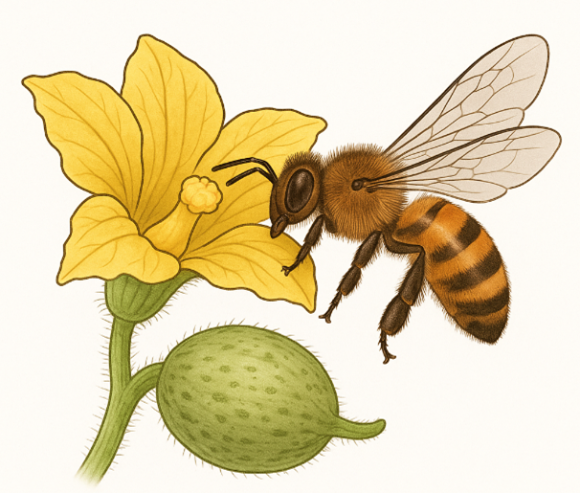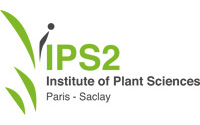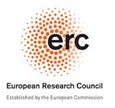- Présentation
- Recherche
- DGG : Département Génomique et Génétique du Développement
- REGARN : Les ARN non-codants, des acteurs de la plasticité développementale de la racine
- ChromD : Dynamique des chromosomes
- SILEG : Voies de signalisation contrôlant le développement du système racinaire des légumineuses
- FLOCAD : Développement floral et déterminisme du sexe
- Qlab : Equipe Génomique et épigenomique quantitative des plantes
- DPHYS : Département Physiologie et Signalisation
- PMIN : Département Interactions Plantes Micro-organismes et Réseaux
- DGG : Département Génomique et Génétique du Développement
- Enseignement
- Plateformes
- Bases de données
Conseil Européen de la Recherche (ERC) : le projet NectarGland
Équipe A. Bendahmane
|
|
NectarGland: Improving flower attractiveness for pollinators: Study of developmental, morphological and chemical cues in relation to bee foraging. Grant: ERC Advanced Grant, €2.5 million Period: 2024-2028 |
Objectives
Animal pollinators are vital for life on earth. While human population keeps growing, pollinator populations are dropping, thus threatening food security. In agriculture, the main insect pollinators are bees, by far. The lack of knowledge on how domesticated plants attract and reward bees has hampered the selection of varieties with improved and mutually beneficial crop-pollinator relationships. We propose to investigate flower features, includingdevelopmental, morphological and chemical cues, in relation with bee foraging. Elucidating the molecular basis of these processes would not only help sustain yields, but it is key to understand the co-evolution of plants and pollinators.

Methodology
We chose melon as a model system, because it is a strictly entomophilous crop, and because it provides all flower sexual morphs useful to probe plant-insect interactions. NectarGland is a multidisciplinary project that integrates molecular genetic analysis and precise phenotyping. First, we will study melon genetic biodiversity with the aim to identify alleles that control nectar-related traits and bee attraction. The comparative analysis of wild accessions, landraces and breeding lines will further test whether domestication led to the loss of useful traits affecting insect visits. Second, we will analyse the gene networks that drive nectar gland development and nectar production. Finally, potential key regulators will be validated genetically.
Significance
NectarGland aims to develop a toolbox to tailor the morphology and chemistry of the flowers towards improved bee foraging activities. By enhancing the attractiveness of crops to pollinators, NectarGland aims to improve reproduction and yield, contributing to food security and the sustainability of agricultural systems.
Publications:
- The Silene latifolia genome and its giant Y chromosome Visualiser le fichier «1-NectarGland.pdf» en ligne
- Polyploidization Leads to Salt Stress Resilience via Ethylene Signaling in Citrus Plants Visualiser le fichier «2-NectarGland.pdf» en ligne
- Phenotyping floral attractiveness to pollinators using volatilomics, 3D imaging, and insect monitoring Visualiser le fichier «3-NectarGland.pdf» en ligne
- Harbinger transposon insertion in ethylene signaling gene leads to emergence of new sexual forms in cucurbits Visualiser le fichier «4-NectarGland.pdf» en ligne
- CRISPR/Cas9-Mediated Cytosine Base Editing Using an Improved Transformation Procedure in Melon (Cucumis melo L.). Visualiser le fichier «5-NectarGland.pdf» en ligne
- Floral Phytochemistry: Impact of Volatile Organic Compounds and Nectar Secondary Metabolites on Pollinator Behavior and Health Visualiser le fichier «6-NectarGland.pdf» en ligne
- Plants, Pollinators and Pheromones: Promises and Lies of Semiochemicals Visualiser le fichier «Plant Cell Environment - 2025.pdf» en ligne

